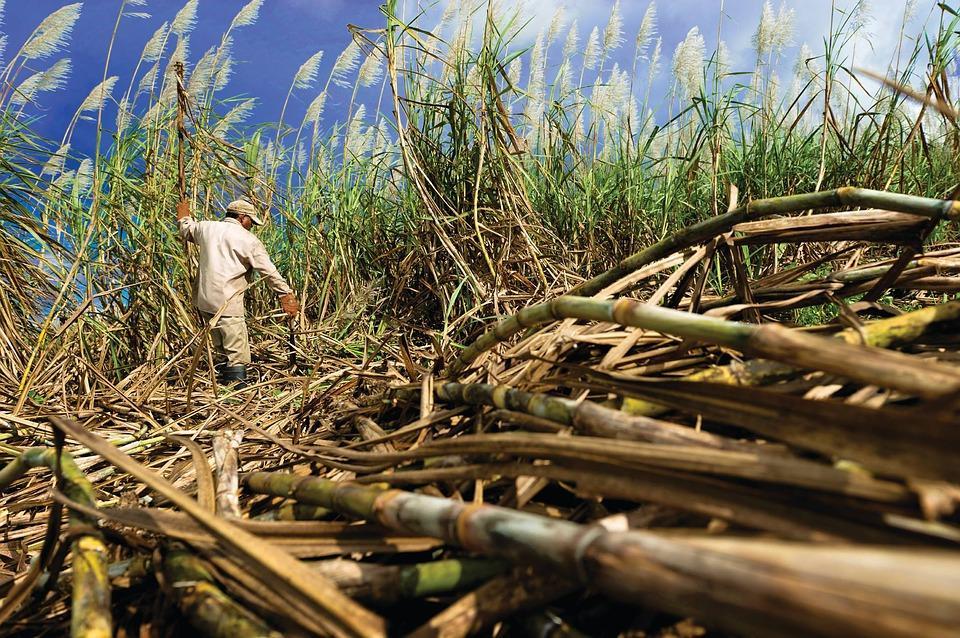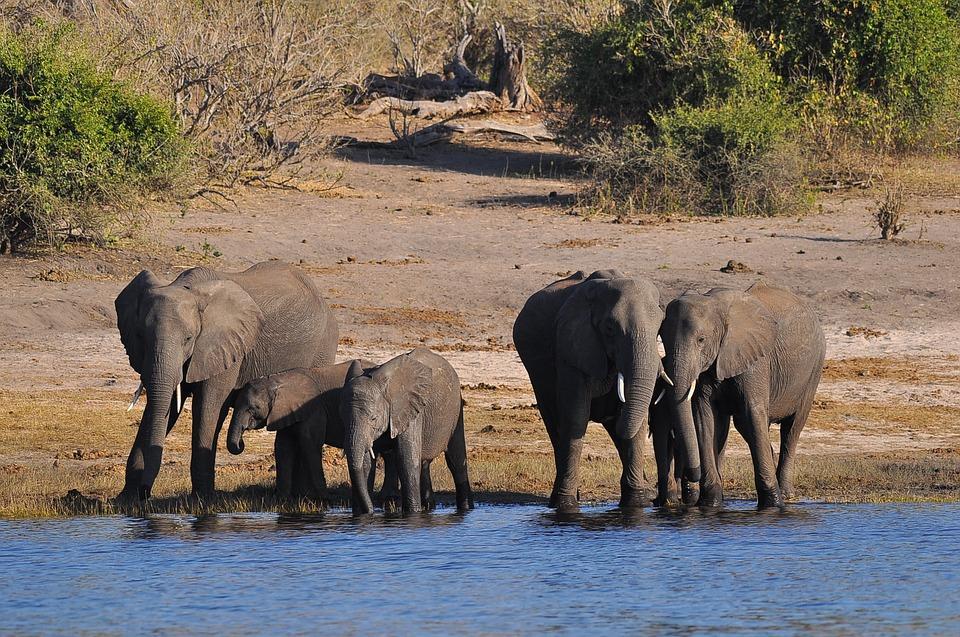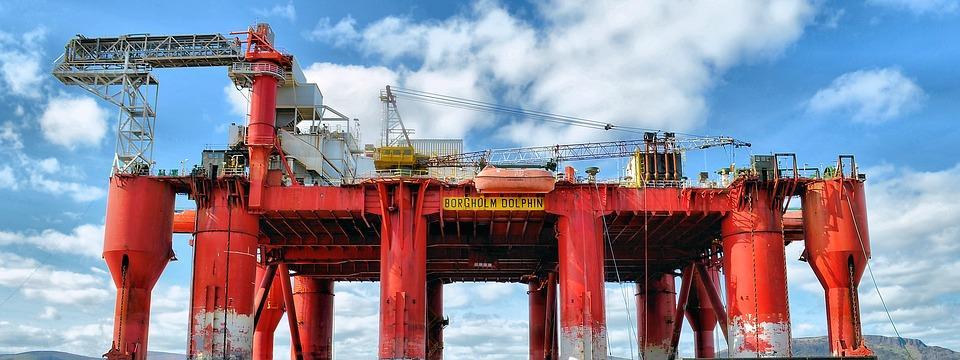Focus industries
Tanzania enjoys an abundance of natural wealth, which offers tremendous investment opportunities for investors in a number of sectors.
Manufacturing
Tanzania offers abundant natural resources which provide for plenty of raw materials for the manufacturing industries such as cotton for garment and textile industries, sisal for canvassing, iron for steel, as well as various minerals and gemstones. Opportunities exist for establishment of SEZs/EPZs.
- Tanzania is fully reliant on imported automotive products such as passenger cars
- Tanzania has made discoveries of natural gas, soda ash, and other minerals required for petrol, gas, and chemical industries
- Tanzania has a sugar demand gap of about 220,000 tons met through imports
- In 2015 Tanzania imported 60% of its edible oil
- Tanzania is identified as one of the 20 countries that will in the near future offer the most opportunities for consumer goods companies globally, particularly for food and beverages
Agriculture & Farming
This sector remains central to Tanzania’s industrialization as it provides markets for industrial products and raw materials for industries. Tanzania has 44 million hectares of arable land with an estimated 29.4 million hectares suitable for irrigation.

- Agriculture employs about 67 % of the employed population and remains central to Tanzania’s industrialization as it provides markets for industrial products and raw materials for industries
- Tanzania has the 2nd largest livestock population in Africa.
- Less than 1% of all meat is processed locally, at the same time vast quantities of processed meat are imported
- The area of freshwater cover is estimated at 54,337 sq. km., which is about 6.1 % of the total country’s surface area
- The country has Territorial Sea of 64,000 sq. km., an Exclusive Economic Zone (EEZ) covering an area of about 223,000 sq. km and 1,424 km coastline along the Indian Ocean
- Tanzania produces about 300,000 tonnes of raw sugar annually, (2014/2015 figures) leaving a demand gap of about 220,000 tonnes to be met through imports. The sugar supply gap is set to increase at an estimated 6% per annum from the current 300,000 tons/year
- There are 4 existing estates in Tanzania, producing a total of 300,000 tons of sugar per year and reaching their full capacity.
- Tanzania has among the highest average cane yields in the world, at 120 tons/ha due to good soils and climate.
- With ample rainfall and generous rivers fed by the high hinterland plateaus, Tanzania has among the best irrigation potential in the sub-region.
- Soil and topography in target sugar zones are ideal for industrial sugarcane cultivation.
- Tanzania spends more that US$ 150,000 annually to import edible oil. Lack of modern mechanical extraction equipment and ineffective way to increase productivity in agriculture has situated Tanzania to rely on imported edible oil.
- Tanzania has sunflower, cotton, groundnuts, soya beans, and palm, which, with increased production, and productivity can be used to anchor a competitive edible oil industry in the country and regional market.
Mining & Minerals
Mining has placed Tanzania in the higher ranks of African economies in terms of attracting FDIs. Tanzania is endowed with a variety of industrial minerals and precious metals as well as gemstones. These include iron ore, soda ash, coal, clay soil, uranium, gold, diamond and tanzanite.
- Minerals export accounted for USD 1.37bn of the total value of Tanzania’s export in 2015 (i.e. 24%) with gold representing more than 90% of minerals export.
- Tanzania is endowed with a variety of industrial minerals and precious metals as well as gemstones.
- The minerals include iron ore, soda ash, coal, clay soil, uranium and gold.
- Tanzania has a variety of gemstones, including aquamarine, garnet, ruby, sapphire, tourmaline and tanzanite
- Most of these resources are being exported in their raw form without being processed; thus denying the country jobs.
Leisure & Tourism
Tanzania’s tourism industry accounts for about 24.0 % of its exports and 17.2% of GDP.This is a fast growing sector that offers plenty of investment opportunities.

- Tanzania is the only country in the world that has allocated more than 25 percent of its total area for wildlife and other resources’ conservation.
- There are 16 National Parks, 28 Game Reserves, 44 Game Controlled areas, 1 Conservation area and 2 Marine Parks.
- Tanzania wildlife resources are considered among the finest in the world and have been widely known for many years.
- The industry continued to grow in 2014 as exhibited by increase in the number of international tourist arrivals to 1,140,156 from 782,699 recorded in 2010. As a result, tourism earning increased to USD 2,006.32 million from USD 1,254.50 in 2010
Energy & Environment
Tanzania is endowed with diverse energy sources including biomass, natural gas, hydro, coal, geothermal, solar and wind power and uranium, much of which is untapped. Commercial energy sources i.e., petroleum and electricity, account for about 8% and 1.2%, respectively, of the primary energy used. Coal, solar and wind account for less than 1%.
- At present, 21% of the population with about 7.4 percent in the rural areas has access to electricity.
- The Tanzania power sector is dominated by a single vertically integrated national utility, Tanzania Electricity Supply Company Ltd (TANESCO).
- The total grid installed generation capacity of both TANESCO’s power plants and private producers is currently at 1,438.24 MW
- 561 MW is generated from TANESCO owned hydro power stations and thermal 658 MW
- National electricity connectivity is about 14%
- The contribution of non-hydro renewable energy for power generation is less than 5%
- Wood-fuel accounts for up to 90% of total national energy consumption, with about 2% from electricity and 8% from petroleum products.
Real Estate
Accommodation in Dar es Salaam and other cosmopolitan areas is in acute shortage due to, among other reasons, the rapid growth of economic projects, which have attracted a huge population of persons (international and local) with the need of residence. Investors may form a synergy with National Housing Corporation (NHC) or Tanzania Building Agency (TBA), or other private firms and provide commercial building solutions for residential and commercial purposes.\
It is projected that half of Tanzania’s 45 million population will have moved to urban centres in the next 20 years, more has to be done in terms of offering more housing loans and constructing homes to meet the ever-growing housing needs
Oil & Gas
There have been several gas discoveries on the coastal shore of the Indian Ocean at Songosongo, Mnazi bay and Mkuranga in Coast Region. These discoveries are catalysts of natural gas developments in Tanzania. Currently there are 22 Oil Companies undertaking exploration activities for oil and gas in the country. These companies include: BG Group, Statoil, Petrobas and Ophir Energy. Tanzania is becoming a regional hub after flurry of discoveries, it is said to be blessed with over 41.7 trillion cubic feet of gas reserves at the latest estimates.

- There are still numerous deep-sea blocks that are yet to be explored at which Tanzania Petroleum Development Corporation (TPDC is inviting oil and gas companies and other specialized investors to participate in the exploration of hydrocarbons in Tanzania.
- Companies may apply for tendered out blocks for available blocks, successful companies will be invited to negotiate a Production Sharing Agreement (PSA)
- Currently, an open acreage includes: i.Deep offshore sedimentary basin comprising of 7 blocks, each with average size of 3,000 sq. km, that are located between 2,000 meters to 3,000 meters of water depths from 20° 30’E to 41°40’E and 7°30’ to 9°00S
- ii.North lake Tanganyika block located offshore on the western arm of the East African Rift System. The Deep offshore blocks have a good coverage of modern regional 2D seismic data, which can be viewed at the ION GX Technology of Huston, Texas and WesternGeco of UK.
Financial & Insurance Services
The banking sector in Tanzania has been booming, growing in assets and in profits Because of this, new merchant banks, commercial banks, bureau de change, insurance companies, a stock exchange and related financial units, have entered the market. There are four categories of banks, oriented towards different markets and clientele operating in Tanzania: local private banks, regional banks, international banks and multinational banks.
The banking system in Tanzania (which dominates the financial system) is liquid and resilient to most of the shocks. Despite some indications of progress resulting from the reforms, the system falls short of what is needed to support economic growth. This results in high interest rates on loans, currently 12% to 20%, while the interest rates on deposits are at 2%.
Telecom
The Communication Act of 1993 paved the way for advancement of the telecommunication sector, while the National Telecommunication Policy (NTP) of 1997 provided the framework for further reforms and private-sector engagement in the sector. A milestone in telecom sector was achieved by the establishment of the Tanzania Communications Regulatory Authority (TCRA) in 2003, as an independent agency for the regulating and licensing of postal, broadcast, and communication, industries. The TCRA is mandated to promote competition and economic efficiency, protect consumer interests, grant licenses and enforce license conditions, regulate tariffs, and monitor performance. Please refer to the next exhibit regarding subscribers of voice telecommunication in Tanzania.

- Communication activities continue to grow at a rate of 20% annually due to increase in mobile phone activities.
- Tanzania is now connected to the fiber optic cable to global networks through India and Europe. This development has resulted in increased investments by internet service providers (ISP).
- The number of internet users was 4.9 million (2010 estimates), which implied that only 20% percent of people in Tanzania had access to internet services
- During the same year 2010, the tele-density of telecommunication sector grew by 50% percent.
- The TCRA has also approved a Converged Licensing Framework (CLF), which allows operators to offer any type of services with the technology of their choice with one single license. The licenses are technology-neutral and service-neutral.
- Following such convergence in licensing, Tanzania’s telecommunication sector has become more appealing to both Foreign Direct Investment (FDI) and domestic capital, and is becoming one of the country’s fastest growing sectors
- Telecommunication market potential indicated positive signs, such as penetration rate of 61% percent; 24,345,279,292 minutes of national traffic; 201,827,164 minutes of traffic to international; and 253,811,569 minutes of traffic from international.
